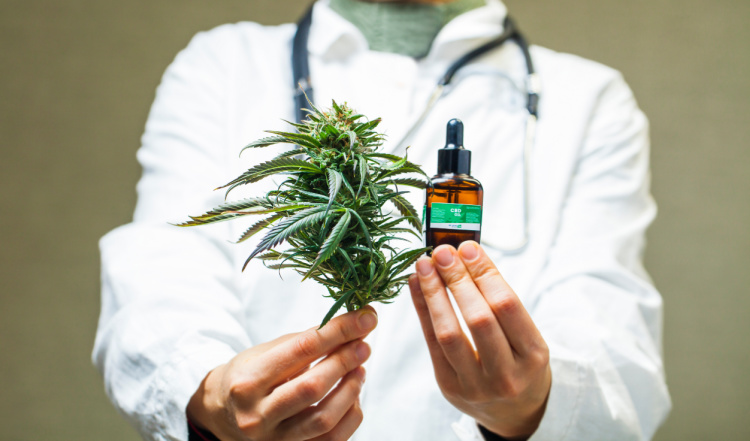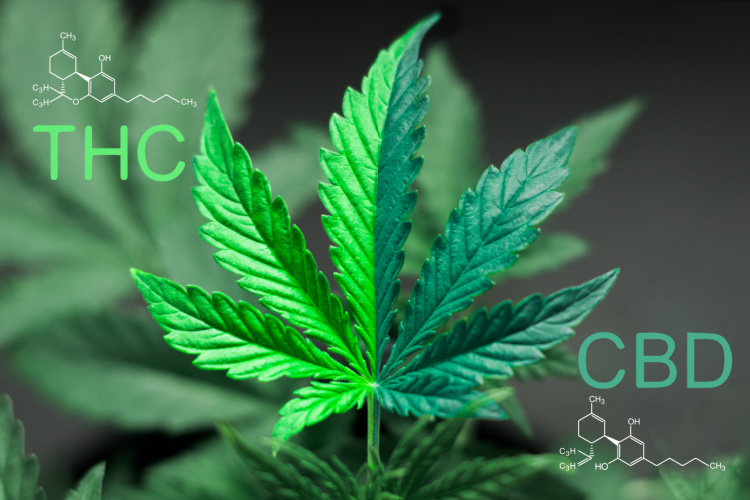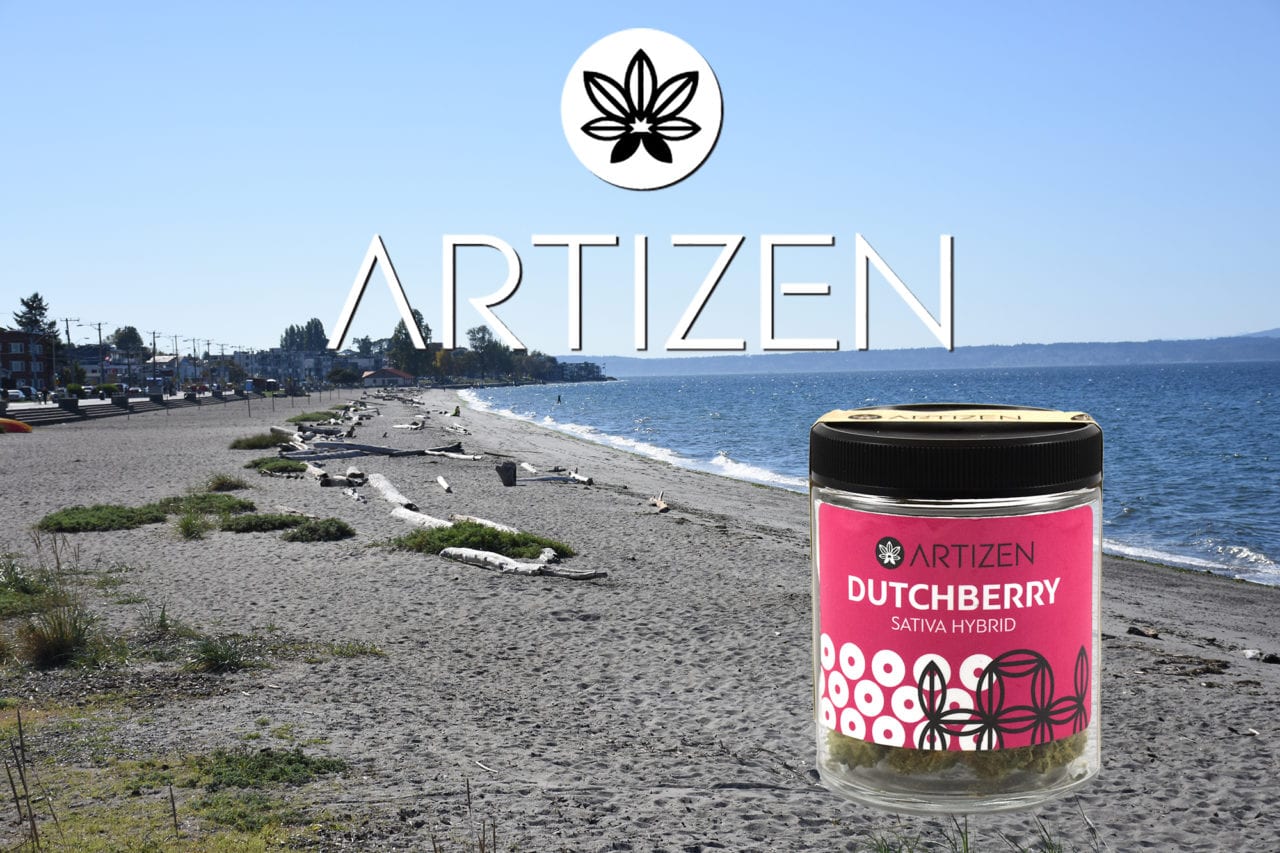September is Pain Awareness Month. It’s both an opportunity to be mindful of those who struggle with chronic pain, and a reason to celebrate! Why? Because as a growing body of major clinical studies suggest, cannabis for pain is an effective, sustainable, and all-natural alternative to the opioids and other pharmaceuticals that are making so many of us feel worse, not better.
If you or someone you love struggles with chronic pain management, today’s post should come as a breath of fresh air. In it, we’ll share what the current science tells us, as well as tackling important questions like “what’s better: indica vs sativa for pain”? Let’s get rolling.

Cannabis for Pain: A Long and Effective History Together
For those of us steeped in cannabis lore, it should come as no surprise that we humans have turned to cannabis for pain relief for literally thousands of years (you can read more about the marijuana plant’s fascinating story here).
More recently, clinical studies back up what those early physicians already knew: That cannabis can offer gentle and sustainable relief from chronic pain, among other common complaints. The cannabis plant is an invertible factory producing hundreds of compounds that may play a role here, but let’s focus on the two most important cannabinoids, THC and CBD.
THC—in addition to imparting the cannabis plant’s intoxicating high—delivers a number of other medically useful effects, including helping suppress inflammatory pain. While CBD isn’t noticeably intoxicating, it’s also been shown to reduce inflammation along with a variety of other effects.
Just as THC and CBD deliver very different effects, one often overlooked fact of chronic pain is that there’s not simply one kind, but many. Let’s run down the three major types, and how one might exercise chronic pain management to tackle them.
Nociceptive Pain: Caused by damage to bodily tissue, this is the easiest to understand type of pain. Because THC and CBD work in synergy, many clinicians recommend using a balance of the two. If you find the intoxication of THC distracting, research shows that a higher proportion of CBD can help mitigate some of that psychoactivity.

Neuropathic Pain: Sometimes known as “nerve pain,” this is caused by damage to nerve tissue. As it doesn’t typically respond to anti-inflammatories, some clinicians believe CBD may be more useful than THC here. This is borne out by one neuropathic pain study; another one funded by the Dutch government is focused directly on learning if CBD is really the best response to neuropathic pain.
Central Pain: Though there are many questions about this mysterious pain—which includes the difficult-to-treat condition fibromyalgia—studies suggest there’s hope in cannabis. One study found that 26 fibromyalgia patients experienced effective pain relief from using cannabis, a finding backed up by another clinical study. But thus far, researchers aren’t sure whether CBD, THC, or a combination of the two are more effective here.
Indica vs Sativa for Pain: What’s More Effective?
We’ve written about these two major types of cannabis before. And while it’s important to note that they tend to deliver different effects—indicas imparting a heavy body focused sense of relaxation, sativas being more cerebrally stimulating—they still contain the same crucial cannabinoids such as THC and CBD.
In practice, many users favor energizing sativas for daytime use, and turn to sedative indicas once the sun is down.
Cannabis for Pain: In Conclusion
If you or someone you love struggles with chronic pain, we’d love to help. Our Seattle dispensary carries a variety of tinctures in various THC:CBD ratios in addition to soothing infused topicals that our customers regularly turn to when managing pain and discomfort—not to mention an expansive selection of cannabis flower and other products. Stop by anytime to discuss your options with our knowledgeable team, they’re always here to help you find the best products for your needs.
If you have any other questions about indica vs sativa for pain (or any other marijuana-related topics), don’t hesitate to reach out anytime. We’re here to help!






